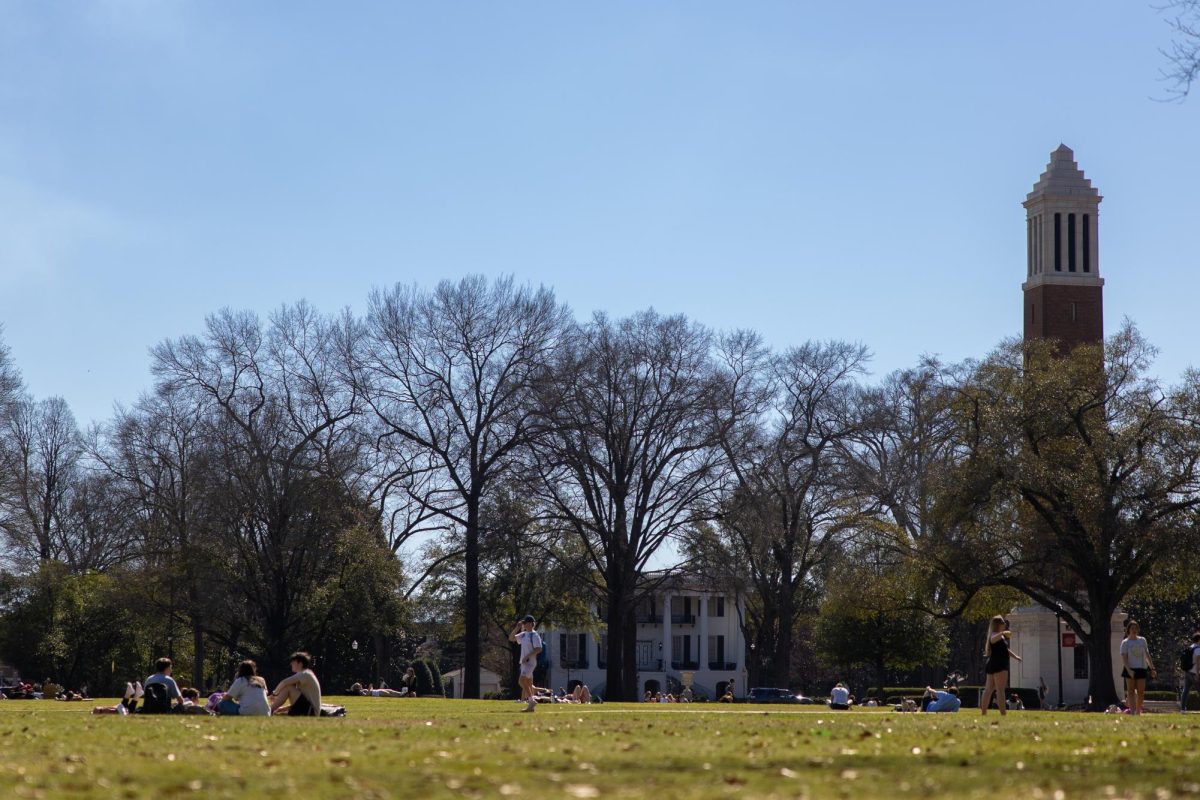As tuition prices increase, apartment rates go up and books get more expensive, many students are finding that even with the aid of scholarships and loans, the cost of attending college is simply too high.
With so many fees and bills to worry about, often students find groceries to be their last priority. The old stereotype of college students surviving on Ramen noodles and boxed macaroni and cheese is becoming painfully accurate.
At the end of September, 23,547 people living in Tuscaloosa were receiving food assistance from the Tuscaloosa Department of Human Resources, and 805 of them were students. Fewer than 3.5 percent of those using food stamps were college students from local higher education institutes, including The University of Alabama, Stillman College and Shelton State Community College.
Simone Gardner, the financial support supervisor for Tuscaloosa Food Assistance, said the number of students in the food assistance program could be higher if students were more aware of the resources available to them.
“They have no idea,” Gardner said. “Especially since they’ve been living at home and now they’re living in apartments. They have never been around food assistance.”
Gardner said it’s extremely easy to apply for food assistance. Applicants have to prove Tuscaloosa residency, be registered as at least a half-time student (six hours or more) and work an average of 20 hours per week. Additionally, students who participate in a work-study program, job training program, or are responsible for the care of a dependent, can qualify for assistance. Gardner said in order to continue receiving food assistance, students in a single-person household must maintain a gross monthly income of less than $1,245 or a net monthly income of less than $958.
“Once you receive your card you can immediately start using your benefits,” Gardner said. “It’s very self-explanatory. You use it anywhere that takes EBT and on any edible food items. It deducts the exact amount you spend and you can check your balance whenever.”
Gardner said by participating in the food assistance program, students can use the money they save on other expenses like books and tuition.
“When you’re going to college, you’re trying to better yourself,” Gardner said. “If you’re not hungry, you perform better. Food assistance was done for a supplement, not to feed someone entirely for a month, but it just goes along with what you have to keep you from doing without.”
In addition to applying for food assistance, there are numerous other resources in Tuscaloosa students can take advantage of when they need meals. The Tuscaloosa Community Soup Bowl on 23rd Avenue serves lunch seven days a week and is open to everyone.
Director Amy Grinstead said when she began working at the soup kitchen eight years ago, she often saw students come in when their meal plans ran out at the end of the semester, but since then, no students have visited the kitchen.
Grinstead said even if students do not want to visit the Tuscaloosa Community Soup Bowl, there are numerous other locations closer to campus including the University Presbyterian food pantry and the Temporary Emergency Services food pantry on 15th Street where students can receive food.
“It’s the kind of problem that gets pushed under the rug,” Grinstead said. “It’s hard for students to admit that they need help. There’s no reason that a child or a student should go hungry because in this day and age there are so many resources.”








